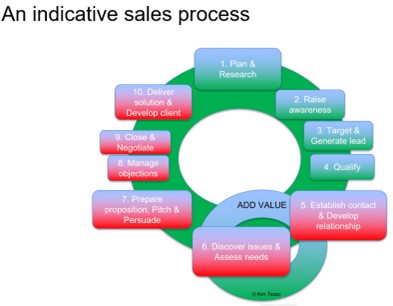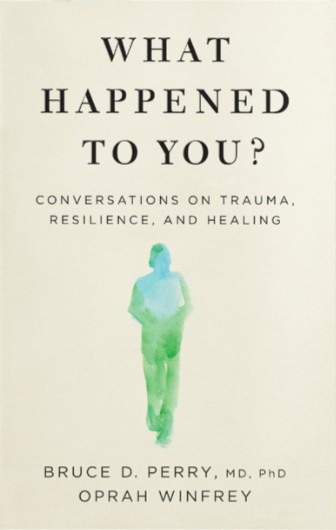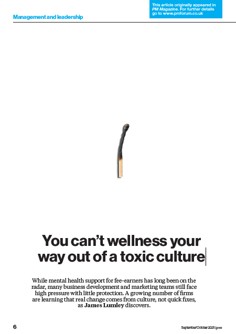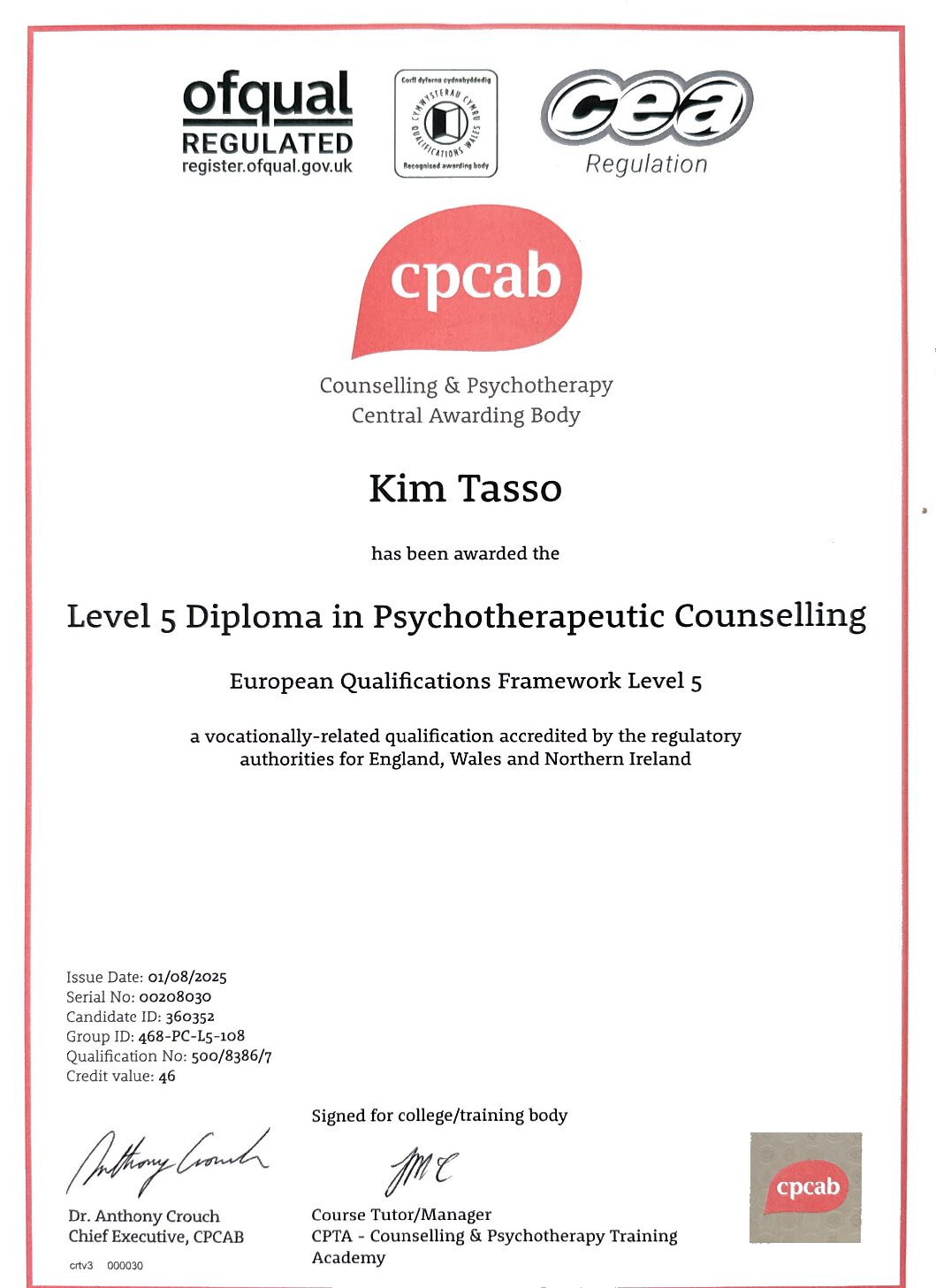
Therapy clients sometimes report that their relationships are dramatic and volatile – swinging from heady highs to rock-bottom lows (and back again). Sometimes clients aren’t aware that they are repeating this pattern in their personal relationships. There are many possible reasons and explanations – some of which are linked. With the aim of providing some psychoeducation I have outlined some of the most common reasons: attachment style, emotionally immature parents, trauma bonds, Narcissistic abuse and Borderline Personality Disorder. Once you understand the cause(s), you are better equipped to find a solution. Why are my relationships like rollercoaster rides? Volatile relationships with heady highs and rock-bottom lows.
Rollercoaster relationships
Some relationships are like rollercoasters. They may be dramatic and volatile – with intense periods of closeness and intimacy interspersed with angry arguments and temporary separation.
There may be jealousy and a lack of trust. Leading to terrible rows both before and after time apart.
There may be proximity seeking behaviours. Especially when one or both find it hard to tolerate temporary separation. For example, sending repeated messages to ask where the person is or seeking reassurance. Such behaviour may be viewed as “neediness”, emotional dependency or even enmeshment. (Enmeshment is a type of relationship where people are so intertwined that there are no boundaries or they are identical).
There may be a controlling element – with one person seeking to dictate the emotions and behaviours of the other. This can result in one partner pulling away for some temporary space, before returning to the relationship for the pattern to repeat. In extreme cases, this can become manipulation, exploitation and abuse.
A one-off rollercoaster relationship might be expected. But some people find the pattern repeating with multiple partners. And this indicates that it’s time to take a deeper look at what’s happening and why so that a more stable and secure relationship might be achieved in the future.
You have a non-secure attachment style
One reason your relationships may be like rollercoaster rides is your attachment style.
Let me start by explaining a little about attachment theory which was pioneered by John Bowlby, a renowned British psychiatrist and psychoanalyst. It was a ground breaking concept in the 1950s that reshaped our understanding of early childhood development.
Attachment theory proposes that the emotional and social development of an infant is profoundly shaped by their relationship with their primary caregivers. The theory is rooted in the belief that infants are biologically wired to form attachments, which serve as a survival strategy. These early attachments, formed during the initial years of life, play a pivotal role in shaping the child’s future emotional health and relationships.
Bowlby also looked at the concept of maternal deprivation. According to Bowlby, separation from the primary caregiver during the critical period of attachment development can lead to irreversible consequences in a child’s intellectual, social and emotional development.
He argued that attachment types develop early in life and often remain stable over time. However, this does not mean that they cannot be changed into more secure forms of attachment. It means that you may need to develop self-awareness through understanding and resolve attachment issues through talking therapy.
If you have noticed a rollercoaster pattern of negative and emotionally-challenging behaviours in your love life, you might benefit from digging deep and exploring the way you attach to people in intimate relationships. These are the four attachment styles:
- Anxious/Preoccupied – 20% of population
- Tend to have a negative self-view, but a positive view of others
- Consider themselves to be less worthy of love in comparison to other people
- Deeply fear abandonment so are hypervigilant towards threats to their security, as well as anxious that their loved one is not as invested in the relationship as they are
- Avoidant/Dismissive – 25% of population
- Tend to have a positive self-view and negative view of others
- Foster a high sense of independence and self-sufficiency – especially on an emotional level (they tend to believe that they don’t have to be in a relationship to feel complete)
- Avoid intimacy or emotional closeness
- Disorganized (also referred to as Fearful-Avoidant) – 5% of population
- Keep switching between the traits of both anxious and avoidant attachments depending on their mood and the circumstances
- Often struggle with identifying and regulating their emotions (Emotional Regulation – A key element of Emotional Intelligence (EQ) (kimtasso.com)) and tend to avoid strong emotional attachment due to their intense fear of getting hurt
- Secure – 50% of the population
- Have a positive view of themselves and others, so they do not overly seek external approval or validation
- Can successfully identify and regulate their emotions and are comfortable expressing emotions openly
A popular book on this topic is “Attached – identify your attachment style and find your perfect match” by Dr Amir Levine and Rachel Heller Attached by Dr Amir Levine and Rachel Heller (reviewed in August 2025)
Attachment Styles in Adult Relationships – Complete Guide (attachmentproject.com) July 2020
You can assess your attachment style with online assessments such as: Attachment Style Quiz: Free & Fast Attachment Style Test
You had emotionally immature parents
If you had emotionally immature parents then it is possible that you developed coping mechanisms to help you deal with the situation as a child. And these coping strategies may be interfering with your ability to form strong intimate relationships as an adult.
Emotionally immature parents can appear in different forms – and that can lead to different coping mechanisms being adopted by their children. There are thought to be four different types of emotionally immature parents:
- The emotional parent – Overwhelmed with anxiety and unpredictable so they instil feelings of instability and anxiety in their children. They see the world in black and white terms, keep score, hold grudges and control others with emotional tactics.
- The driven parent – Appear normal but are compulsively goal-oriented, focus on getting things done and stay busy trying to perfect everything and everyone. They can be controlling and interfering in their children’s lives.
- The passive parent – Have a laissez-faire mindset and avoid dealing with anything upsetting. They acquiesce to dominant personalities. Easy going and playful, they often leave their kids to fend for themselves.
- The rejecting parent – Appear to have a wall around them and don’t seem to want to spend time with their children. They issue commands, blow up or isolate themselves and can be withdrawn, dismissive and derogatory.
Some children adapt by becoming “internalizers”. They become super-independent and never ask for help. They suppress their own needs by putting others first and may then feel resentful. They might play a role of being “people pleasers” and “rescuers” (this short video on the drama triangle shows how there can be patterns played by victims, persecutors and rescuers Business relationships – Using the drama triangle to resolve conflict (kimtasso.com)). Underlying this behaviour is a lack of sense of self and a feeling that they are unworthy of love.
Internalizers desperately want emotional intimacy, but their unrealistic expectations (as a result of them having had emotionally immature parents) of what a romantic partner can do means their relationships are likely to be rocky.
This book review provides more detail of the impact on adults of their emotionally immature parents “Adult children of emotionally immature parents – how to heal (kimtasso.com).
You are reliving trauma bonds
A trauma bond is when a person forms a deep emotional attachment with someone that causes them harm. A trauma bond follows a cycle of abuse and positive reinforcement and rests on an imbalance of power (i.e. one person controls the other).
This type of emotional attachment develops out of repeated cycle of abuse, devaluation and positive reinforcement. So the occasional shows of affection and assurances of love keep people locked into an overall abusive relationship.
Some define trauma bonding in seven stages. There are:
- love bombing
- gaining trust and increasing dependency
- criticism and devaluation
- gaslighting
- submission and resignation
- loss of self and value
- emotional dependence
Some other characteristics of trauma bonds:
- You feel unhappy and may not even like your partner any longer, but you still feel unable to end things
- When you do try to leave, you feel physically and emotionally distressed
- When you say you want to leave, they promise to change but make no effort to do so
- You fixate on the “good” days, using them to prove they truly care
- You make excuses and defend their behaviour when others express concern
- You continue to trust them and hope to change them
- You protect them by keeping abusive behaviour secret
People who experienced abuse in childhood often feel drawn to similar relationships in adulthood since the brain recognizes the highs and lows of the cycle.
In the book “Adult children of emotionally immature parents – how to heal (kimtasso.com) it says:
“Some women who grew up with emotionally immature parents find they are attracted to similarly egocentric, self-centred or exploitative people. They may find considerate and emotionally mature people boring. They confuse the excitement of being with immature partners with the anxiety they felt as children. Schema therapy (Jeffrey Young) suggests that the people we find more charismatic are subconsciously triggering us to fall back into old, negative family patterns”.
And “As the result of a lack of emotional connection with parents, many people end up in similarly frustrating relationships in adulthood. Partly because the primitive parts of our brain tell us that safety lies in familiarity”
Trauma Bonding: What It Is and How to Cope (healthline.com) June 2023
You could be dealing with a Narcissist
This links to the idea of trauma bonds – your relationship may be like a rollercoaster because you could be in a relationship with a Narcissist.
Narcissistic personality disorder (NPD) is a mental health condition in which people have an unreasonably high sense of their own importance. They need and seek attention and want people to admire them. People with this disorder may lack the ability to understand or care about the feelings of others. But behind this mask of extreme confidence, they are not sure of their self-worth and are easily upset by the slightest criticism.
There’s a pattern or cycle to Narcissistic abuse:
- Idealization – the “honeymoon” phase where they make you feel special and put you on a pedestal. They may “love bomb” you with praise and gifts
- Devaluation – they put you down with criticism, insults and gaslighting and you start to feel worthless
- Rejection – they discard you
- Hoovering – they attempt to pull you back into the relationship using love-bombing, promises or frequent contact
The Diagnostic and Statistical Manual of Mental Disorders (DSM-5) lists nine criteria for NPD. It specifies that someone only needs to meet five to clinically qualify as a Narcissist.
- grandiose sense of self-importance
- preoccupation with fantasies of unlimited success, power, brilliance, beauty or ideal love
- believe they’re special and unique and can only be understood by other special or high-status people
- need excessive admiration
- sense of entitlement
- exploitative behaviour
- lack of empathy
- envy of others or a belief that others are envious of them
- demonstration of arrogant and haughty behaviours or attitudes
Narcissists operate in a particular way. For example, they:
- May be charming at first (Love bombing you with affection and gifts)
- Dominate conversations, talking about how great they are
- Feed off your compliments and expect preferential treatment
- Act like they are more important than everyone else (grandiosity)
- Lack empathy – not noticing your feelings and often unable to apologise
- Unlikely to have any (or many) long term friends
- Extremely sensitive to criticism
- Manipulate others
- Pick on you constantly
- Ignore your boundaries
- Blame and shame
- Gaslight you (they may tell blatant lies, falsely accuse others, spin the truth, ultimately distort your reality – especially when challenged or fearing abandonment)
- Think they are right about everything
- Attempt to isolate you
- When you show them you’re done, they lash out
9 Signs You’re Dating a Narcissist (healthline.com)
11 Signs of a Narcissistic Relationship (choosingtherapy.com) This includes a helpful download of a Narcissistic abuse cycle (idealization, devaluation, rejection, hoovering)
Domestic abuse (Signs of domestic abuse – Refuge) is common in relationships with Narcissists – so seek help and/or therapy. Call the National Domestic Abuse Helpline for free 24 hours a day on 0808 2000 247, live chat to the National Domestic Abuse Helpline team 10am – 10pm Monday to Friday or fill in a contact form to request a call back from the Helpline team.
You may have Borderline Personality Disorder (BPD)
Borderline Personality Disorder (BPD) is also known as emotionally unstable personality disorder (EUPD). It is a disorder of mood and how a person interacts with others. It is thought that around 1 in 100 people have BPD. It is believed to affect men and women equally, though women are more likely to be given the diagnosis. But one of the defining features is chaotic personal relationships.
The defining features of BPD (five must be present for a diagnosis) are:
- Frantic effort to avoid real or imagined abandonment
- Unstable and intense interpersonal relationships
- Lack of a clear sense of identity
- Impulsiveness in potentially self-damaging behaviours
- Recurrent suicidal threats or gestures
- Severe mood shifts and extreme reactivity to situational stresses
- Chronic feelings of emptiness
- Frequent and inappropriate displays of anger
- Transient, stress-related feelings of unreality or paranoia
The causes of BPD are unclear but appear to result from a combination of genetic and environmental factors. People with BPD come from many different backgrounds, but most will have experienced some kind of trauma or neglect as children (see above).
Many people with BPD can benefit from psychological or medical treatment. Dialectical Behaviour Therapy (DBT) is a type of talking therapy specifically designed to treat people with BPD. DBT is based on the idea that two important factors contribute towards BPD:
- you are emotionally vulnerable – for example, low levels of stress make you feel extremely anxious
- you grew up in an environment where your emotions were dismissed by those around you
Over time, many people with BPD overcome their symptoms and recover. A bestselling classic book on this topic is “I hate you – don’t leave me: Understanding the Borderline Personality” by Jerold J Kreisman MD and Hal Straus.
What is borderline personality disorder (BPD)? – Mind
Borderline Personality Disorder | Borderline Support UK CIC
If you would like to talk about or seek help with your rollercoaster relationships (which can cause anxiety and depression) please contact me Tasso Talking Therapy. As a therapist, I have a particular interest in those recovering from childhood neglect and Narcissistic abuse (in some cases this is called Complex PTSD or cPTSD).
Related links on rollercoaster relationships
Attached by Dr Amir Levine and Rachel Heller August 2025
Book review – Feel the fear and do it anyway by Susan Jeffers June 2024. Classic self-help book on managing anxiety
Book review – Counselling for toads May 2025. The modern classic explaining Transactional Analysis (TA)
What happens in therapy? – Kim Tasso April 2025
Book Review: The Power of Now by Eckhart Tolle March 2025
Overcoming low self-esteem – a self help guide using cognitive January 2025
Book review: Taking charge of Adult ADHD by Russell A Barkley October 2024
“Adult children of emotionally immature parents – how to heal (kimtasso.com) August 2024
How do you choose a therapist? – Kim Tasso July 2024
fixed views and closed to new ideas (dealing with stubbornness) (kimtasso.com) July 2024
The Tools – Five life-changing techniques to unlock your potential (kimtasso.com) April 2024
Book review – Creating self-esteem by Lynda Field (kimtasso.com) March 2024
Kim Tasso launches new counselling and psychotherapy service March 2024
What do you do when your boss is a micro-managing control freak? (kimtasso.com) March 2024
Book review: How to do the work (recognise your patterns (kimtasso.com) December 2023
Dr Julie Smith (Mental Health Guidance) (kimtasso.com) July 2023
Overcoming clinical depression (2021) by Oliver Kamm (kimtasso.com) March 2023
Emotional Regulation – A key element of Emotional Intelligence (EQ) (kimtasso.com) August 2021
Non-Verbal Communication (NVC) – the basics (Video) (kimtasso.com) August 2021
Dealing with “difficult” people – Nine strategies for dealing with arrogance (kimtasso.com) June 2021
Managing client complaints – Process, anger and apologies (kimtasso.com) June 2021
Business relationships – Using the drama triangle to resolve conflict (kimtasso.com) September 2020
the parent, adult, child (PAC) model helps with difficult interactions (kimtasso.com) September 2020
An introduction to emotional intelligence (EQ) and empathy (Video) (kimtasso.com) July 2020
Building Resilience – Regulation, Reframing, Relationships (kimtasso.com) May 2020
Change process – Emotions when reacting to change (kimtasso.com) April 2020
Lost connections – Why you’re depressed by Johann Hari (kimtasso.com) October 2019
Psychology and business communication (kimtasso.com) January 2015
What is NLP (Neuro Linguistic Programming)? – Kim Tasso July 2012









